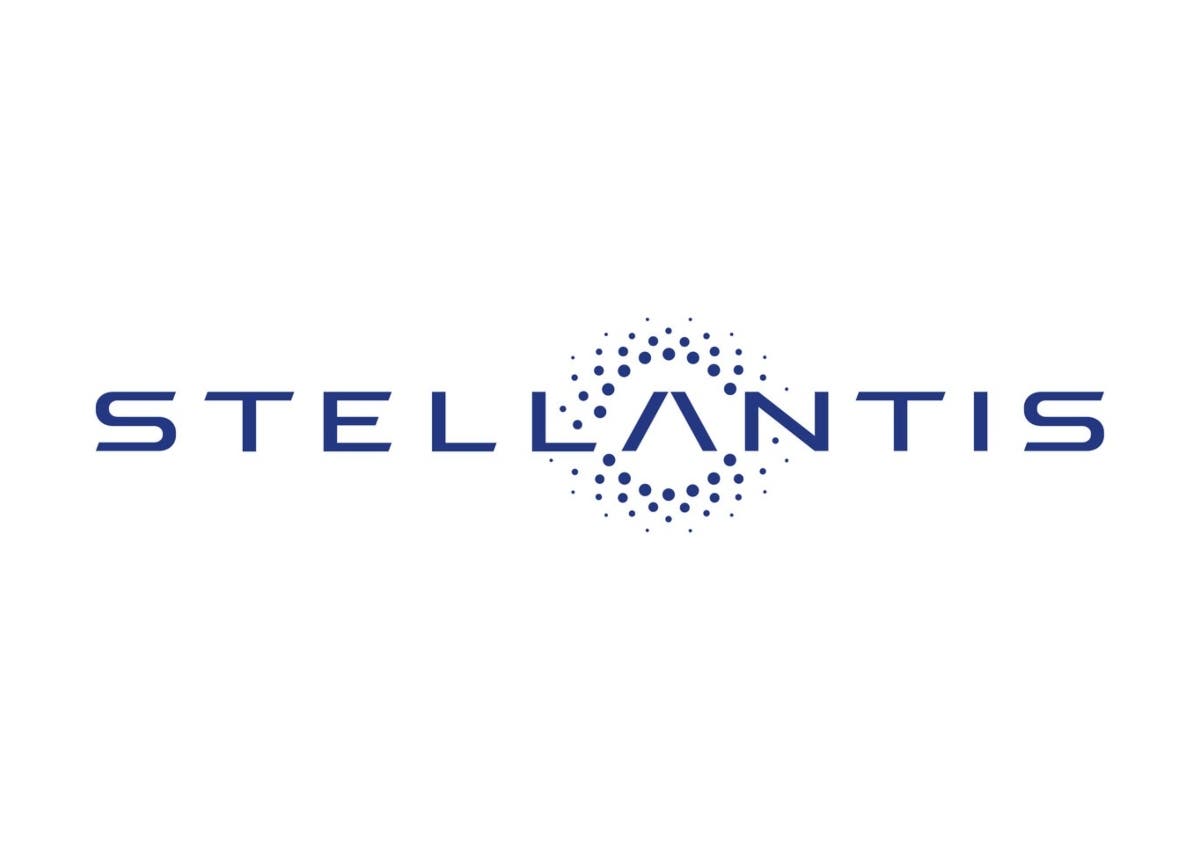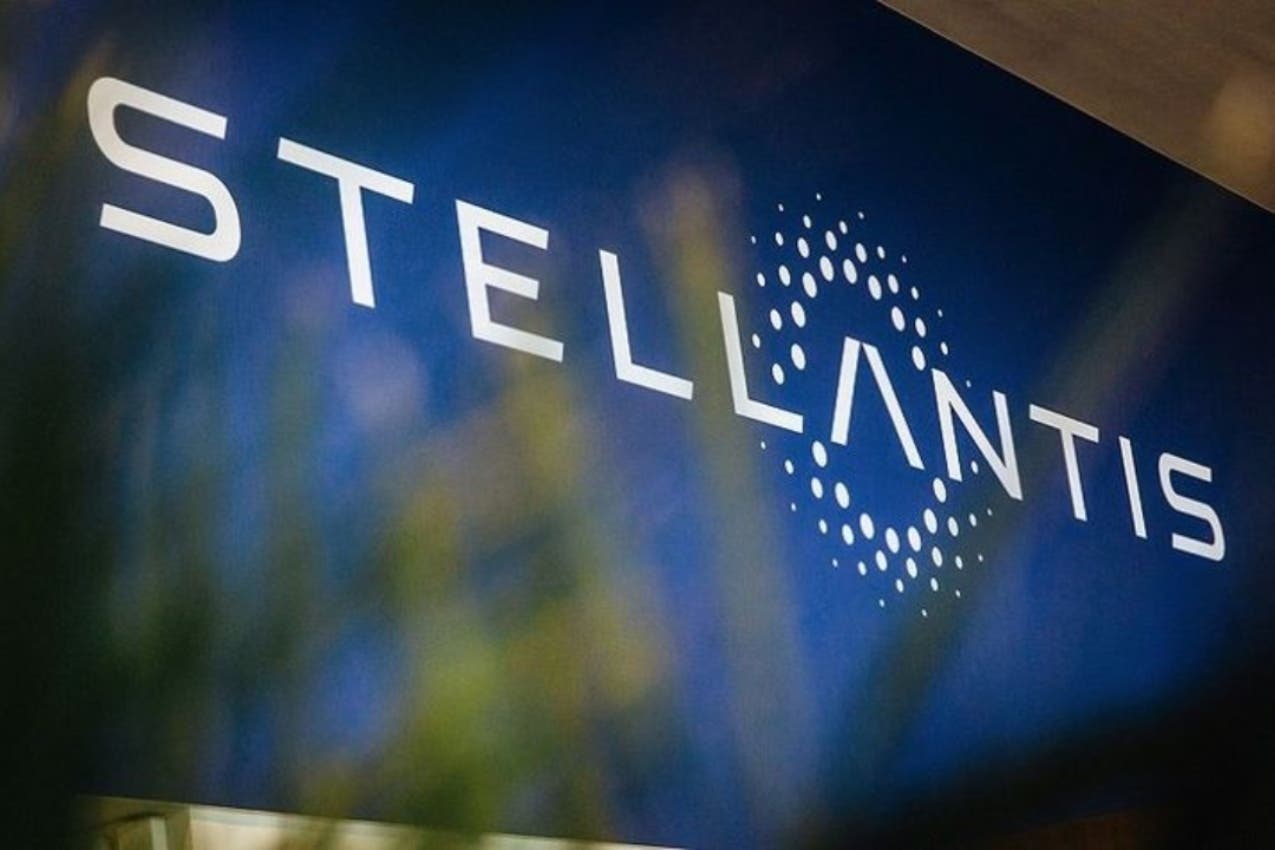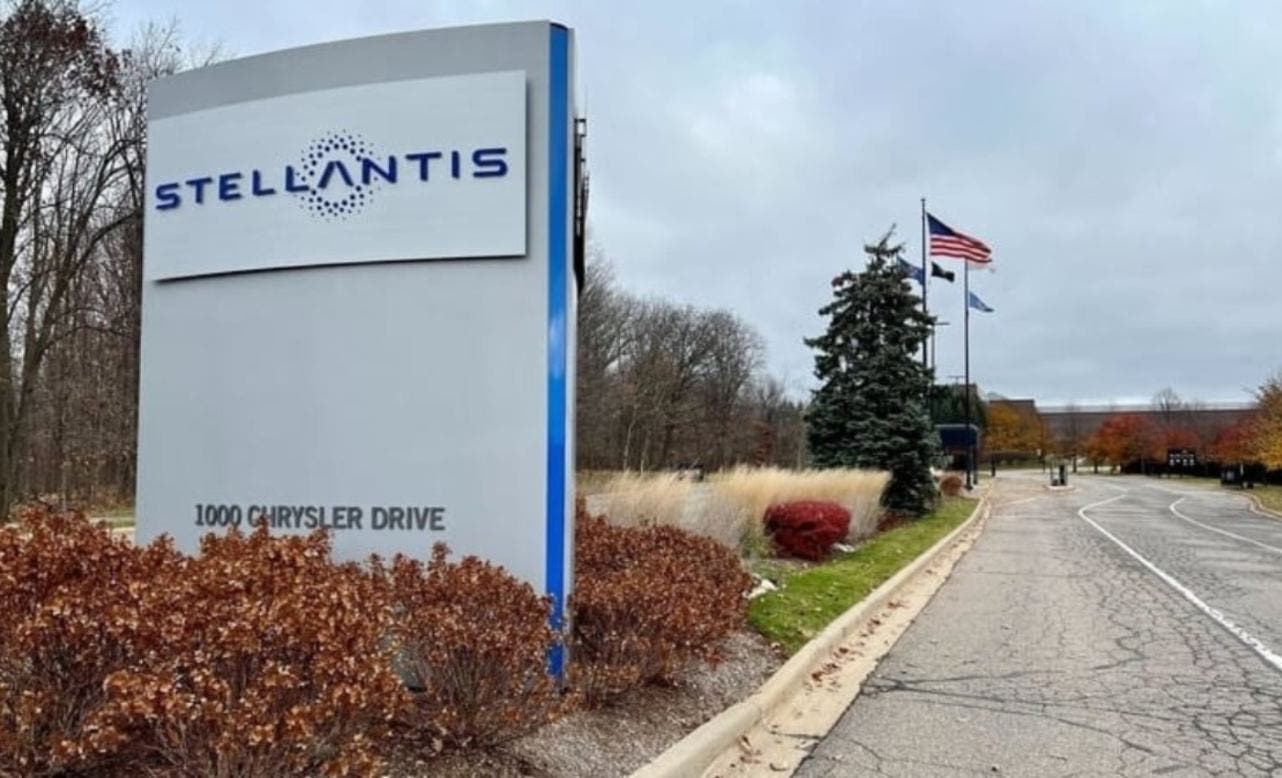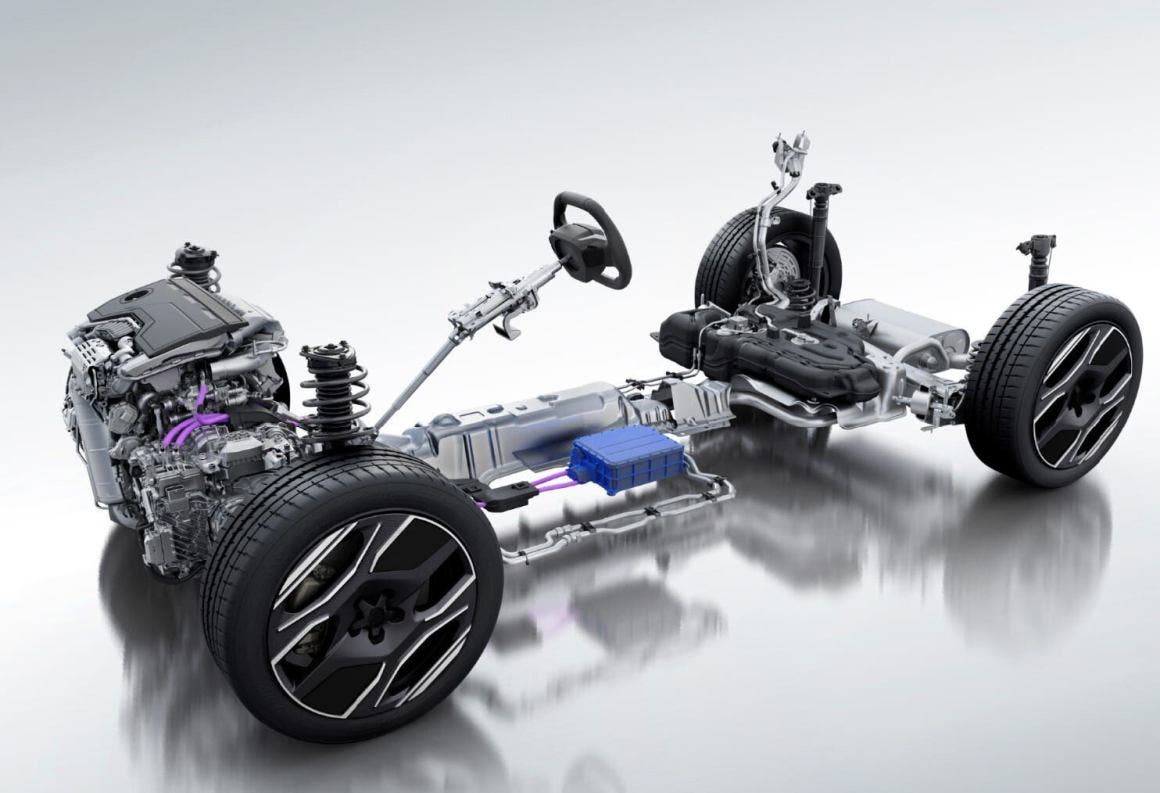Stellantis is leveraging its multi-energy approach to rapidly respond to the surge in orders for hybrid vehicles in Europe, including models equipped with the new advanced eDCT hybrid technology. The company currently offers 30 hybrid models in the European market and plans to introduce six more by 2026. The hybrid versions provide an exceptional driving experience while reducing CO2 emissions, all at a more affordable price compared to fully electric vehicles or plug-in hybrids.
Stellantis plans six new hybrid models launches by 2026

Stellantis has increased sales of hybrid models in the EU30 by 41% since the beginning of 2024 compared to the same period in 2023 and anticipates greater adoption by customers with upcoming new launches. Stellantis is a leader in sales of low-emission vehicles, including battery electric vehicles, fuel cell vehicles, plug-in hybrids, and hybrids, in the EU30 for A and B segments and light commercial vehicles.
“In an era that combines sustainability and innovation, Stellantis reaffirms its commitment to offering advanced hybrid technology to its European customers,” said Uwe Hochgeschurtz, Chief Operating Officer of Stellantis. “This technology not only improves the efficiency and performance of traditional combustion engines but also propels us towards a low-emission future, with greater vehicle range and a more affordable price for our customers.”
Stellantis offers a wide range of technologies, including hybrid, plug-in hybrid, and fully electric, thanks to its multi-energy platforms that provide customers with choices tailored to their preferences, driving styles, and vehicle sizes. Hybrid vehicles recover kinetic energy that would otherwise be lost during braking and deceleration. This energy is stored in a lightweight, compact battery and then reused during acceleration, promoting a more fuel-efficient driving experience.
“We have a particularly competitive hybrid solution that is gaining momentum thanks to the new eDCT technology that we are implementing on numerous models to make it accessible to a large number of customers,” said Sébastien Jacquet, Deputy Chief Engineering Officer of Stellantis. “Hybrid vehicles are easy to use and do not require drivers to change their driving habits compared to cars with traditional internal combustion engines. Thanks to our advanced eDCT technology, the car can be driven with the internal combustion engine off, especially at low speeds, reducing CO2 emissions and fuel consumption. This is an innovation accessible to all.”

Most of Stellantis’ hybrid vehicles in Europe are already equipped with state-of-the-art eDCT hybrid technology that includes an integrated 21 kW electric motor and offers a seamless and uncomplicated driving experience. This also includes pure electric driving, for example in city traffic, because the vehicle can operate with only the electric motor when the combustion engine is off. The 48-volt, 0.9 kilowatt-hour battery ensures a range of up to one kilometer at constant driving speed and can also provide a certain amount of electric traction during driving with a light load or during coasting. During coasting and braking, the electric motor switches to generator operation. This means it provides kinetic energy to the battery.
A belt-driven starter generator ensures a smooth transition from electric to hybrid mode. The eDCT-based hybrid drive is designed for optimal fuel efficiency and reduces CO2 emissions by up to 20% compared to a combustion engine with automatic transmission. Thanks to its modular structure, the innovative eDCT concept can also be installed in electric vehicles, where 93% of the components are identical. Only the electric drive module and inverter are replaced.

Stellantis currently produces hybrid vehicles in over 70% of its European plants. As part of the eTransmissions joint venture, Stellantis and its partner are currently building eDCTs in Metz, France and Turin, Italy, supplying them to eleven vehicle production plants. The total production capacity is over 1.2 million eDCTs per year.
Stellantis will invest more than 50 billion euros in electrification worldwide over the next ten years to achieve the goals of the Dare Forward 2030 strategic plan: by 2030, 100% of passenger car sales in Europe and 50% of passenger and light commercial vehicle sales in the United States will be BEVs. To achieve these sales targets, the company is securing approximately 400 gigawatt-hours of battery capacity supplied by battery factories in North America and Europe. Stellantis is on track to achieve the goal of net zero CO2 emissions in all areas by 2038.

